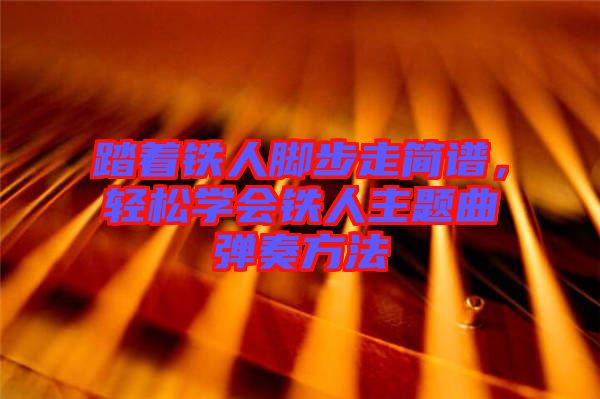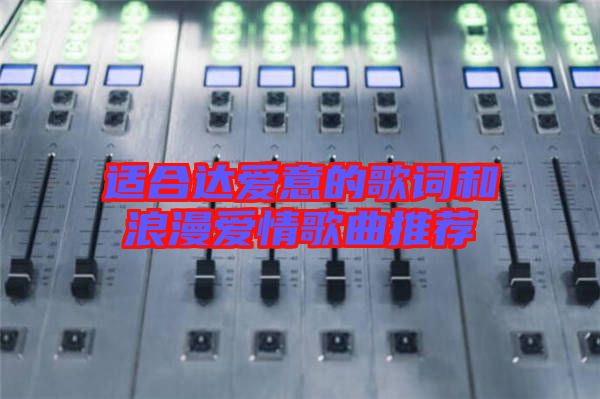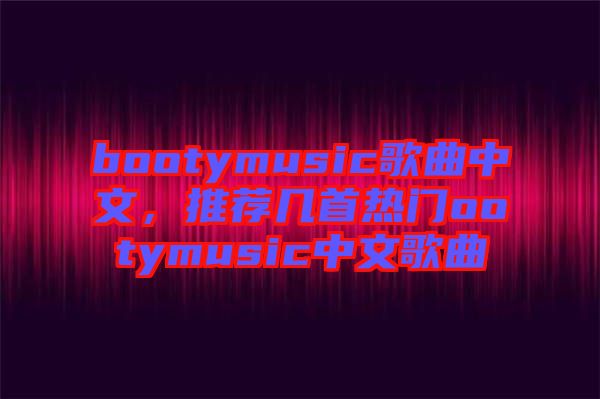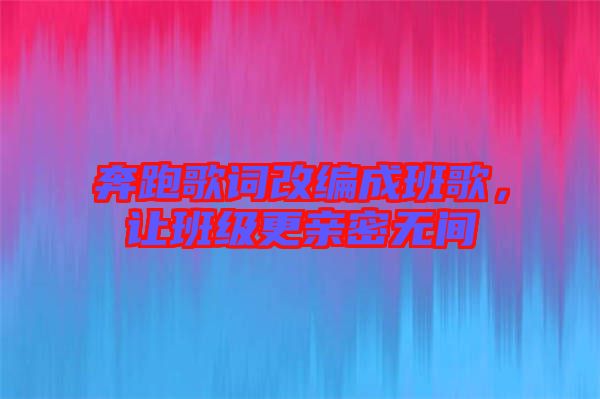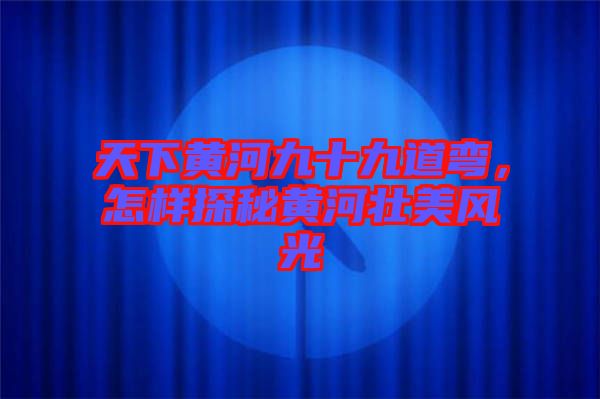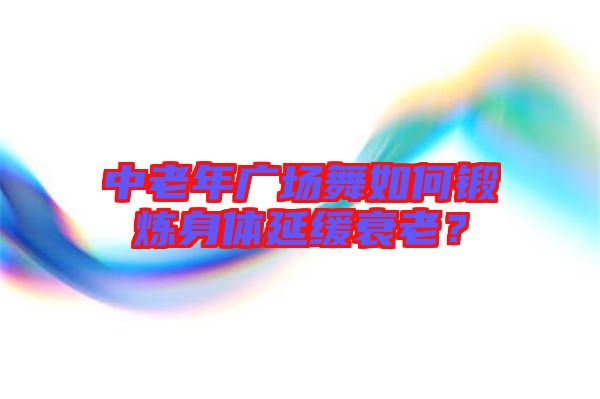动词start的时态变化及其过去式是什么?
• 2024-01-16 13:00 • 2156次
动词start是一个常用的英语动词,表示开始、启动、开动等含义。其时态变化较为规则,下面将对其进行详细的介绍。
一、start的基本形式

动词start的基本形式是start,它可以作为动词的原形和现在分词形式。例如:
I will start the project tomorrow.
I am starting the engine.
二、start的过去式和过去分词形式
动词start的过去式和过去分词形式都是started。例如:
Yesterday, I started the machine.
The race had already started when I arrived.
I have started to read this book.
三、start的进行时态
动词start的进行时态是starting,表示正在进行的动作或状态。例如:
I am starting to feel tired.
We are starting a new project next week.
四、start的完成时态
动词start的完成时态是have/has started,表示动作已经完成或结束。例如:
I have started to learn French.
They have started to renovate the house.
五、start的被动语态
动词start的被动语态是be started,表示动作的承受者是主语。例如:
The meeting was started by the director.
The fire was started by a cigarette.
六、常见用法
1. start doing sth. 开始做某事
She started reading the book last night.
2. start to do sth. 开始做某事
He started to write the report this morning.
3. start from scratch 从头开始
The project failed, so we had to start from scratch.
4. start over 重新开始
The computer crashed, so I had to start over.
5. start with 以……开始
The book starts with a prologue.
6. start up 启动
I need to start up my computer.
7. get started 开始
Let's get started on the project.
动词start是一个常用的英语动词,其时态变化较为规则,包括基本形式、过去式和过去分词形式、进行时态、完成时态和被动语态。在日常使用中,我们还可以根据需要使用常见的用法,如start doing sth.、start to do sth.、start from scratch、start over等。掌握好动词start的时态变化和用法,可以帮助我们更好地理解和使用英语。
猜你喜欢
-
一、问题简介本文主要涉及的问题是关于歌曲《阳光总在风雨后》的介绍和分析,以及探讨阳光的力量对人们的影响。二、歌曲介绍《阳光总在风雨后》是由美国作曲家约翰·卡特创......
-
贝加尔湖畔钢琴弹奏教学,学习钢琴的好地方本文主要涉及以下问题或话题:1.贝加尔湖畔钢琴弹奏教学的特点是什么?2.在这个地方学习钢琴有哪些好处?3.学习钢琴需要具......
-
爱情是一种美好的感情,能够让人感到幸福和满足。而遇见对的人,更是让人感到心灵上的安慰和归属感。下面,将为大家带来一些遇见对的人句子唯美短句,感动人心的爱情语句。......
-
《都怪我》是一首由著名歌手李宇春演唱的歌曲,歌曲前奏明快,旋律流畅,歌词深刻,表达了歌手内心的痛苦、自责和忏悔之情。本篇文章将从以下几个方面探讨《都怪我》歌曲的......
-
车载音乐是现代人出行不可或缺的一部分,它能够让人在行车途中放松身心,缓解疲劳,同时也能够让人更加愉悦地享受旅途。而在车载音乐中,拥有一份专属的首歌单,更是能够让......
-
《还珠格格》是一部风靡全国的古装剧,让观众们沉浸在其中的故事情节和人物形象。而第二部的推出,更是让人们对这部剧集产生了更深的感情,这一部分的文章,就是来探讨一下......
-
郭德纲于谦相声收听,精选相声作品听相声是中国传统文化中的一种文艺形式,也是中国人民喜闻乐见的一种表演艺术。而在相声界,郭德纲和于谦无疑是最具代表性的两位相声演员......
-
迈克尔杰克逊演唱会合集,重温流行天经典演出迈克尔杰克逊是一位不朽的音乐巨星,他的音乐和舞蹈在全球范围内得到了广泛的认可和欣赏。他的演唱会更是成为了全球音乐界的一......
-
醉赤壁歌词达什么感情,解红楼梦中的爱情与情感红楼梦是中国古典文学中的经典之作,其中的爱情与情感是其最为突出的特点之一。而《醉赤壁》则是中国古典诗歌中的代表作之一......
-
思念和牵挂是人类情感中最为复杂和深刻的两种情感。在我们的生活中,我们都会经历思念和牵挂的感受,这些感受能够深深地影响我们的情绪和行为。在这篇文章中,我们将探讨一......
版权声明:本文内容由互联网用户自发贡献,该文观点仅代表作者本人。本站仅提供信息存储空间服务,不拥有所有权,不承担相关法律责任。如发现本站有涉嫌抄袭侵权/违法违规的内容, 请联系,一经查实,本站将立刻删除。



